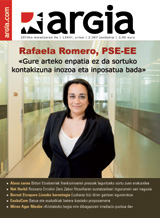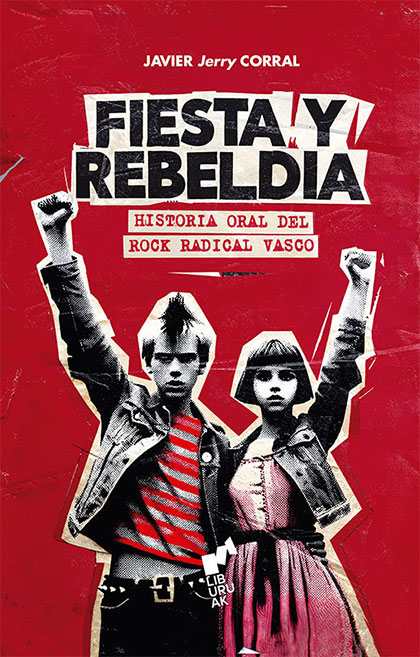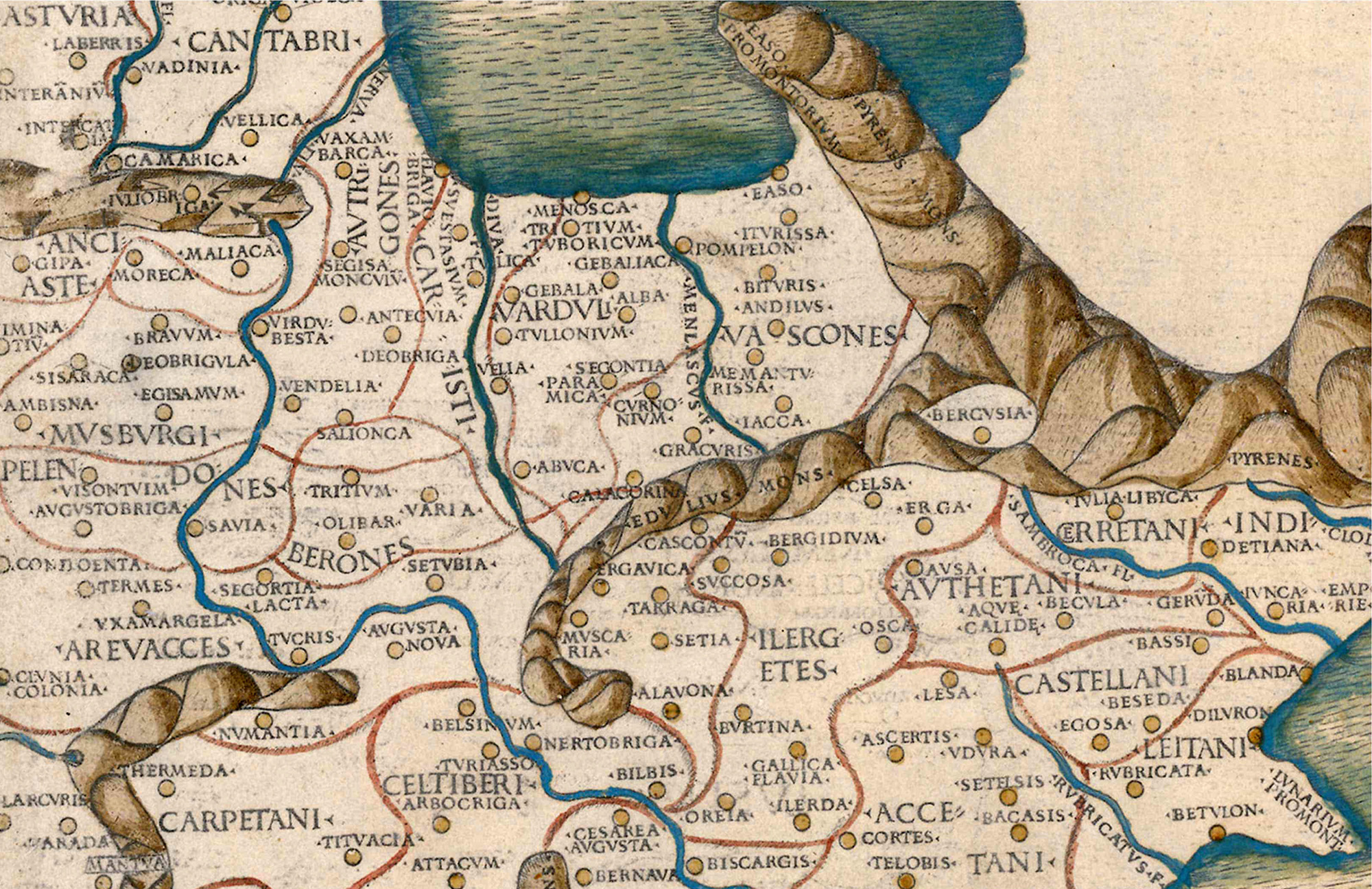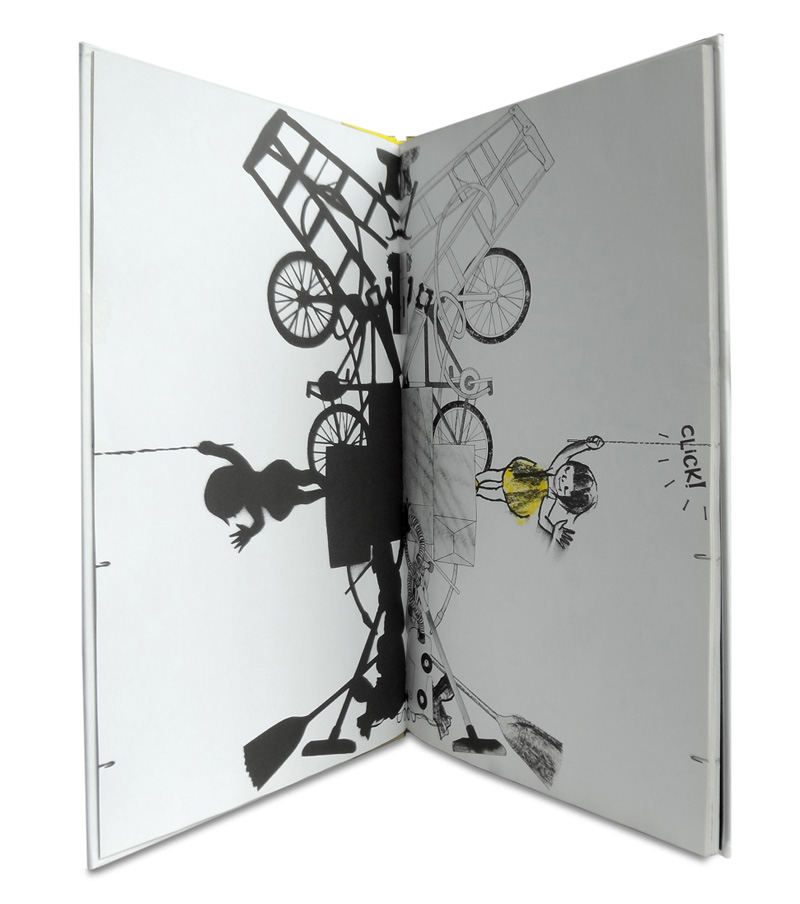Society
Environment
Politics
Economy
Culture
Basque language
Feminism
Education
International
Opinion
wednesday 12 february 2025
Automatically translated from Basque, translation may contain errors. More information here. 
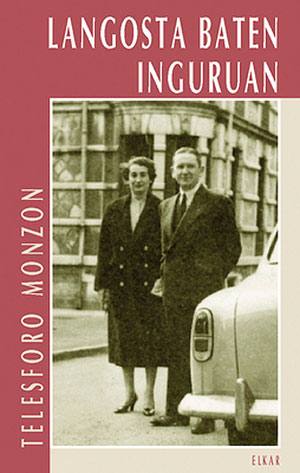
Of course, the politician Telesforo Monzón. The lawyer Telesforo Monzón, the son of Itziar, also receives Batasuna on the Neck. A little poet Telesforo Monzón, because you've been looking at what the post-war exile of 36 wrote. The theater writer Telesforo Monzón, for having read the biography to him. But the prodigy Telesforo Monzón no, no. I mean, I was completely unknown to the facet of Monzón, and I think, like myself, of many others. But if you have had some prose work, I mean, you have chosen it, you have brought it together, it is published in the book, under the name of Around a Lobster. Koldo Izagirre was in charge of making the selection and made the preamble. In the preamble we are told, for example: “Monzón has to some extent happened the same as Lizardi, the poet’s fame has set aside the prosist’s greatness.” Poetarios, the theatrical author, the singer, the politician. However, Lizardi and Monzón are large in prose. “We believed that Basque journalism was Kirikiño and little more than anything”; but then Larreko, Manezaundi, Jean Etxepare, Zerbitzu, Salaberry, Larzabal, Etcheberry, Monzón himself, “the authors of the most beautiful readings written in Basque.” In this work to meet the pioneers of today's journalism, therefore, we must stop at Monacle. And these are the
articles that are collected in this book, published in the clandestine magazine Alderdi between 1949 and 1960. A politically irregular year for Monzón, who in 1952 left the position of advisor without leaving the party due to discrepancies with the Basque Government. However, the evening article of the Lehendakari Agirre shows how in 1960 the house of Monzón was the one that collected the body of José Antonio Agirre. But don’t think that, apart from this memorable article, the rest of the texts move to the political. On the contrary, much more mundane, more everyday issues, closer to citizens’ concerns are the ones you will find here. This is perfectly summarized in the preamble: “It seemed more effective to tell a story than to learn from memory the points of the KAS alternative.” And the style itself, the language, even the unified Basque before the unified Basque – the Byzkai-Gipuzkoa border Basque, the labortan, totally current – is intimately linked to those contents, it wants to be accessible – and it is – read. After all, around a Lobster, starting and ending, it becomes very sweet, legible, worthy of sleeping in the head. At the time when the articles were published, surely, but also with the eyes of 2013.
articles that are collected in this book, published in the clandestine magazine Alderdi between 1949 and 1960. A politically irregular year for Monzón, who in 1952 left the position of advisor without leaving the party due to discrepancies with the Basque Government. However, the evening article of the Lehendakari Agirre shows how in 1960 the house of Monzón was the one that collected the body of José Antonio Agirre. But don’t think that, apart from this memorable article, the rest of the texts move to the political. On the contrary, much more mundane, more everyday issues, closer to citizens’ concerns are the ones you will find here. This is perfectly summarized in the preamble: “It seemed more effective to tell a story than to learn from memory the points of the KAS alternative.” And the style itself, the language, even the unified Basque before the unified Basque – the Byzkai-Gipuzkoa border Basque, the labortan, totally current – is intimately linked to those contents, it wants to be accessible – and it is – read. After all, around a Lobster, starting and ending, it becomes very sweet, legible, worthy of sleeping in the head. At the time when the articles were published, surely, but also with the eyes of 2013.
Most read
Using Matomo
#1
#2
#3
Gorka Peñagarikano Goikoetxea
#4
Gorka Bereziartua
#5
Zigor Olabarria Oleaga
You are interested in the channel: Liburuak
2025-02-11
Mikel Garcia Idiakez
The City Council says Deba's library has "limited space" to prohibit children from being present at most hours
Children under 6 years of age can only stay at Deba’s library for an hour a day. The municipal government has argued that "the available space in the library is limited," but it has not clarified why the time restrictions they impose for this limited space only apply to... [+]
2025-02-04
Mikel Garcia Idiakez
The Government is asked to intervene in the face of the exclusion suffered by children in the library of Deba
Several citizens of Deba have sent a massive letter to the Basque Library Service responsible for the management of public libraries, asking it to intervene in the face of the discriminatory regulations of the local library. Children under 6 years of age can only stay in the... [+]
2025-01-30
Iker Barandiaran
Our past and background in context
Party and recreation. Oral History of Rock Radical Vasco
Javier 'Jerry' Corral
Books, 2025
------------------------------------------------
Javier Corral ‘Jerry’ was a student of the first Journalism Promotion of the UPV, along with many other well-known names who have... [+]
2025-01-21
Mikel Garcia Idiakez
Children are forbidden to be in Deba’s library most of the time
Children under 6 years of age can only stay in the library between 16:30 and 17:30 in Deba, and children under 2 years of age are forbidden directly. They are also subject to other exclusionary measures. Visible discrimination only separates children from literature, and a long... [+]
2025-01-08
ARGIA
The Hontza library of Donostia-San Sebastian will close if no relief is found
The site of the mythical bookstore of Okendo Street from Donostia-San Sebastián has been put for sale and will close the doors if there is no group that takes the relay. The bookmakers have explained to ARGIA that it has not been easy to make the decision, but some owners have... [+]
2024-11-28
Mikel Garcia Idiakez
"Education has to be quiet and indifferent."
In the round table for the presentation of the book Superpowers, the Contertulios have claimed "to leave the exhausting speed of daily life and take time to dream of the school project". They have calmly devoted themselves to transformation, to impotence, to illusion, to the... [+]
2024-11-05
Mikel Garcia Idiakez
Presentation of the book 'Abentura erraldoia' accompanied by a handrail of giants and heads, this Friday in Gros de Donostia
The comparison of giants and heads from the Donostiarra neighborhood of Gros will feature a kalejira and a dance enlivened by the presentation of books organized by ARGIA this Friday: A great adventure. The authors Gorka Bereziartua and Adur Larrea present the kalejira Salba... [+]
2024-10-21
Garazi Zabaleta
Book "Haziak"
“With the book we want to encourage people to start producing seeds”
Miguel Arribas Kelo and Marc Badal, authors of the book Haziak, have been working in the seed world for many years. In addition to practical explanations on seed reproduction, historical, economic, political and cultural elements have been collected, so it can also be... [+]
2024-10-19
ARGIA
Erraldoiak protagonista dituen liburua atera du ARGIAk haurrentzat
MULTIMEDIA - elkarrizketa
2024-10-16
Leire Vargas Nieto
Eztizen Artola Iturrate
"We've been so romantic about the case, we're not aware of the consequences that prison can have."
The day has come: Ihintza's father will be released from prison. This is the time for the opening of the novel Pneumak (Txalaparta, 2024), by Eztizen Artola (Bilbao, 1999). From there, the child will grow up with a backpack on his travels to jail to visit his father, in order to... [+]
2024-10-09
Leire Ibar
Jon Gerediaga, Harkaitz Cano and David de las Heras will be the winners of the Euskadi Literature Awards
At a press conference held on 9 October in Bilbao, the first vice-president of the Basque Government and Councillor for Culture and Linguistic Policy, Ibone Bengoetxea, announced the winners of the Euskadi Prize for Literature.
2024-09-16
Estitxu Eizagirre
The book 'Haziak' will be presented on 20 September at the Azpeitia Food Centre
The first presentation of the book will be on Friday, September 20, at 18:30 pm, at the Food Center of Azpeitia. The programme will involve the authors Miguel Arribas Kelo and Marc Badal, the translator Markel Lizasoain, the designer Maitane Gartziandia and the photographer Dani... [+]
2024-07-17
Urko Apaolaza Avila
Historical cartography of the Basque Country
The trail of maps in the history of a people
It is known that cartography represents much more than the characteristics of a town or territory. Hand maps have conquered continents and empires have been built throughout history, and cultural and political identities have been defined with squads and cartabons. Peoples... [+]
2024-07-04
Ainhoa Aldazabal Gallastegui
Chronic: Day 'Brave Books'
Silent, mute, white... and brave
On 23 February we went to Zaragoza (Aragon) a friend and I. She's a teacher of Early Childhood Education and I'm a literary energizer. Album! The course organized by the association (structure that brings together independent editorials that publish children's and youth literature)... [+]
Eguneraketa berriak daude









